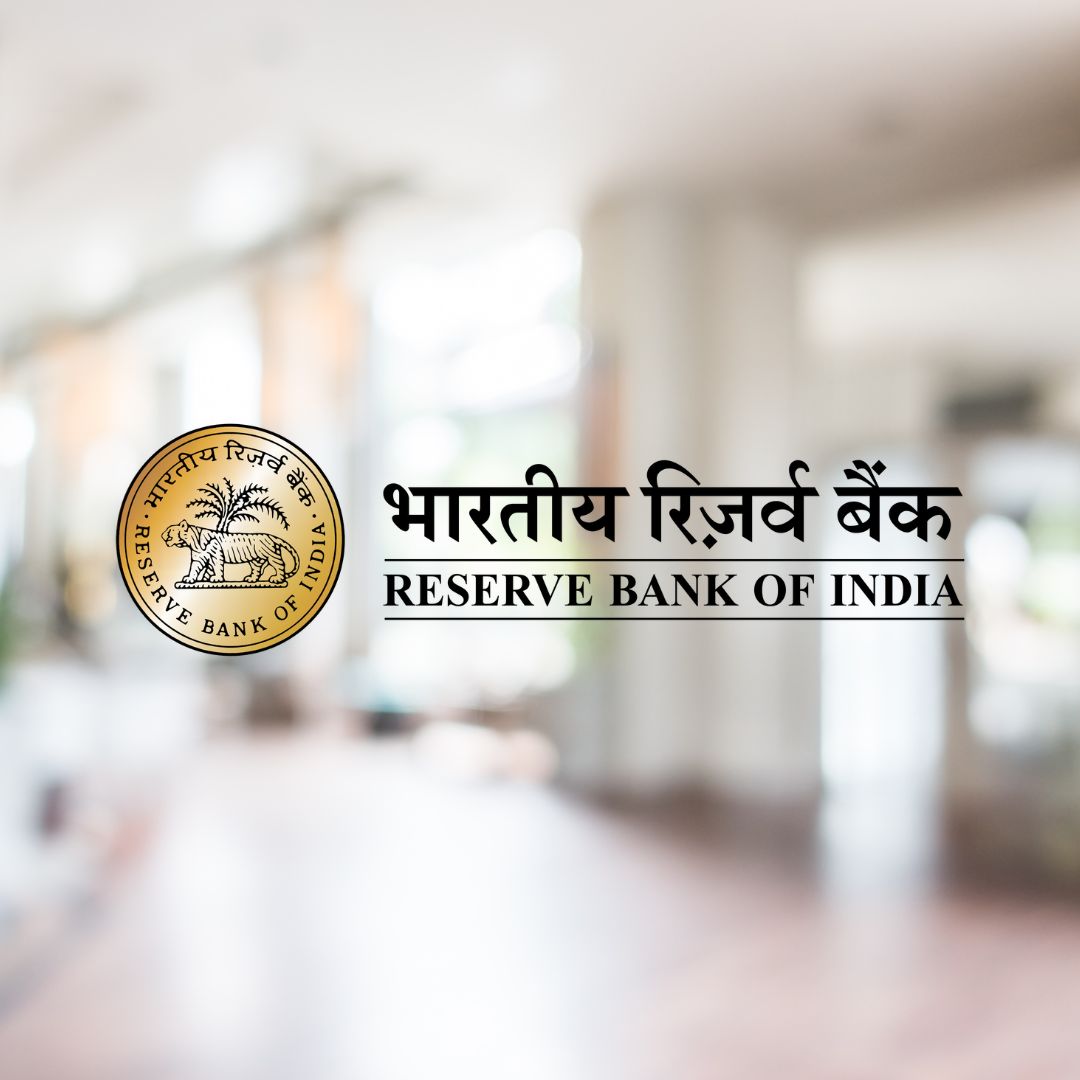
In a significant stride towards fostering transparency, ethical practices, and safeguarding consumer interests within the digital lending landscape, the Reserve Bank of India (RBI) has unveiled plans to establish a comprehensive regulatory framework for Web-aggregation of Loan Products (WALP).
Understanding Web-aggregation of Loan Products (WALP)
Web-aggregation of loan products involves platforms serving as intermediaries, aggregating information on diverse loan products from various lenders and presenting them to borrowers in a comparative format. This approach empowers borrowers to make informed decisions by comparing crucial factors such as interest rates, terms, and conditions across multiple lenders.
The Need for Regulation
While WALPs contribute to convenience and transparency, concerns have emerged regarding potential risks and the lack of accountability in the rapidly evolving realm of digital lending. Unregulated practices have given rise to apprehensions about unethical conduct, data privacy violations, and the potential for predatory lending. Issues include biased promotion of specific lenders, unauthorized access to sensitive financial data, and the risk of borrowers falling victim to unsustainable loans with hidden fees.
Addressing Concerns through Regulatory Measures
The RBI’s regulatory framework for WALPs is strategically designed to address these challenges through the implementation of key measures:
- Licensing Requirements: Entities operating as WALPs must meet stringent registration and compliance criteria, ensuring a baseline of professionalism and ethical conduct.
- Enhanced Data Privacy: Stringent regulations will govern the collection, storage, and sharing of data by WALPs, prioritizing the protection of borrowers’ financial information.
- Mandatory Transparency: WALPs will be mandated to disclose ownership structures, fees, and collaborations with lenders, ensuring transparency in their operations.
- Promotion of Fair Practices: The framework will proactively prevent unfair marketing practices, ensuring that borrowers receive accurate and comprehensive information for well-informed choices.
Anticipated Benefits of the Regulatory Framework
The introduction of a regulatory framework for WALPs is expected to yield substantial benefits for both borrowers and lenders:
- Safer and Transparent Lending Environment: Borrowers can engage with confidence, armed with accurate information for making informed decisions.
- Competition and Innovation: A level playing field will encourage WALPs to compete based on the quality of their features and services, fostering innovation and ultimately benefiting borrowers.
- Financial Stability: By curbing predatory lending practices, the regulatory framework contributes to maintaining a stable and healthy financial system.
RBI’s proactive step in introducing a regulatory framework for WALPs is a commendable effort towards cultivating a more responsible, transparent, and accountable digital lending ecosystem. By prioritizing transparency, protecting data privacy, and promoting fair practices, this framework is poised to empower borrowers and contribute to the development of a sustainable and inclusive financial landscape.




